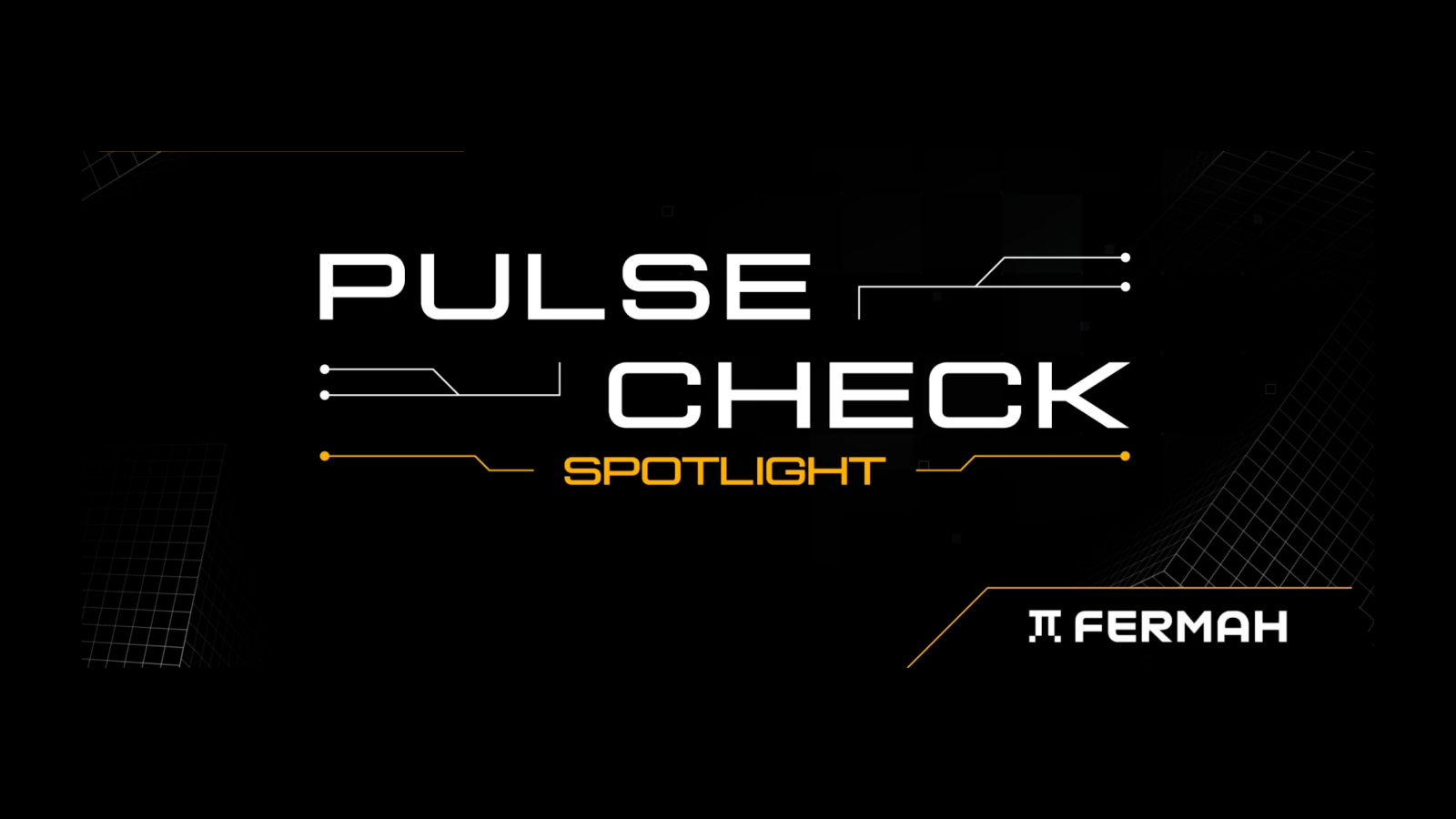
If you’re reading this, we’ll assume that you already have some awareness about the incredible potential of ZK, not only in blockchain, but across the digital industry at large. Many experts argue that ZK is going to ‘eat everything’, however, proof generation remains a resource-intensive and complex process. Proving infrastructure often requires powerful hardware, careful mechanism design to balance incentives, and strategies to mitigate resource underutilization - factors that create substantial barriers for developers seeking to leverage these proofs in real-world applications.
Enter Fermah - a universal proof generation layer designed to eliminate the complexity of managing prover hardware, providing a more efficient mechanism for proof generation. Before we take a look at Fermah’s architecture, we’ll first explore the journey that led to its inception - namely, the personal and academic trajectory of its founder, Vanishree Rao.
The origins of Fermah can be traced back over two decades to Vanishree’s early fascination with zero-knowledge proofs. Her interest in cryptography began during her undergraduate studies in India, where she was captivated by the seemingly paradoxical concept of proving knowledge without revealing the underlying information. This intellectual curiosity led her to immerse herself in Neal Koblitz’s book, A Course in Number Theory and Cryptography, marking the beginning of a lifelong commitment to cryptographic research.
Vanishree’s formal education in cryptography culminated in a PhD under the supervision of Prof. Amit Sahai, a leading figure in ZK, and she went on to work for various ZK-related projects including Mina Protocol. Her early exposure to advanced cryptography through these projects laid the foundation for her future work in developing solutions to the most difficult challenges inherent in proof generation.
One recurring problem she observed was the inefficiency and cost associated with proof generation infrastructure. Developers, particularly those working on scaling solutions, struggled with managing complex and underutilized prover networks, resulting in high costs and reduced scalability.
The idea for Fermah began to take shape, as Vanishree saw an opportunity to build a universal proof generation layer that could aggregate demand across multiple sources, ensuring higher utilization of hardware and driving down the cost of proof generation. With encouragement from notable figures such as Prof. Dan Boneh, she moved forward with this vision, ultimately founding Fermah with the intention of solving these systemic inefficiencies.
Fermah operates as a decentralized marketplace, aligning demand (the need for proof generation) with supply (high-performance computational resources such as GPUs and FPGAs). By abstracting away the complexity involved in spinning up and managing dedicated prover infrastructure, Fermah simplifies proof generation for developers while optimizing resource utilization.
In typical setups, significant portions of hardware capacity remain idle, as the demand for proofs may fluctuate. Fermah addresses this inefficiency by creating a platform where provers can serve multiple users, ensuring consistent demand across its infrastructure. This aggregation of demand allows suppliers to achieve economies of scale, lowering the overall cost of proof generation.
Fermah’s demand side is structured to support all known proof systems, currently supporting zkVMs, zkEVMs, and Groth16, with plans to expand to additional architectures such as Starkware’s Stone and Aztec’s proof system. Developers seeking to generate proofs interact with Fermah via a simple interface, submitting requests through its RPC server. Each request is processed by the platform, which assigns the task to a prover from its network. Once the proof is generated, it is verified within the network and returned to the requester or their designated endpoint.
Central to Fermah’s architecture is the matchmaker mechanism, which aligns the incentives between proof seekers and proof providers. The matchmaker efficiently distributes proof requests to available provers, optimizing for speed, cost, and resource efficiency. This mechanism reduces latency and ensures that the computational resources are effectively utilized without overburdening any single machine.
The matchmaker also optimizes the incentive structures for both sides of the marketplace. Provers are incentivized to offer their resources based on demand, while proof seekers benefit from reduced costs through efficient matching and resource allocation.
By maintaining a neutral stance in terms of proof system preference, Fermah allows developers to work with their preferred ZKP protocols without being constrained by infrastructure limitations. This design ensures that the platform can adapt to future ZK developments, positioning Fermah as a potentially long-term solution for proof generation.
Fermah is supported by major institutional investors such as a16z’s CSX fund and Lemniscap, alongside other significant players like Bankless Ventures and Longhash Ventures.
In addition, several prominent figures from the blockchain and cryptography sectors have invested in Fermah, including:
With its strong leadership, unique vision, and powerful backing, Fermah is a highly compelling solution to a major gap in the industry. Whereas zkVM and associated projects are focused on optimizing specific proof systems, Fermah acts as the unifying layer that brings everything together. By offering a universal marketplace for proof generation, it could serve as the missing link that enables broader ZK adoption across multiple industries.
We’ll certainly be paying very close attention to how Fermah’s journey unfolds in the coming months and years!
To learn more about Fermah, visit fermah.xyz/ or @fermah_xyz on X. You can also follow Vanishree and Pranit for regular updates on developments at Fermah.